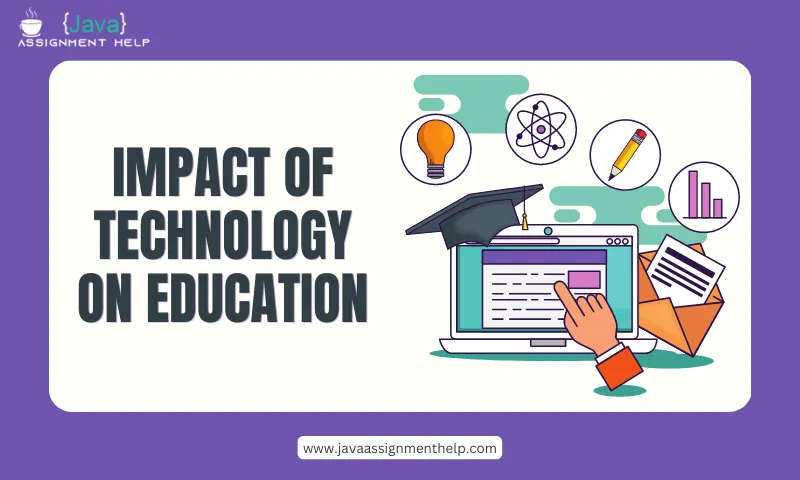Introduction
Language is one of the most distinctive features of human beings. It serves as a bridge that connects individuals, cultures, and societies. Yet, the world of linguistics, the scientific study of language, often remains in the shadows of other academic disciplines. In this blog post, we embark on a journey to explore the fascinating world of linguistics, offering you an introduction to the intricate study of languages and dialects.
Chapter 1: What is Linguistics?
Before we dive deeper into linguistic analysis, let’s clarify what linguistics is all about. Linguistics is the scientific study of language, encompassing the analysis of its structure, history, and usage. Linguists, the scholars in this field, investigate languages to uncover patterns, rules, and variations that govern human communication.
Chapter 2: The Evolution of Language
Language is not static; it’s a dynamic entity that evolves over time. Imagine tracing the history of your own language back hundreds or even thousands of years. Linguists use historical linguistics to uncover the ancestral roots of languages and track how they transform. For example, did you know that English and German share a common ancestor language?
Chapter 3: Diversity of Languages
The linguistic diversity across the globe is mind-boggling. There are around 7,000 languages spoken today, each with its unique set of sounds, grammar, and vocabulary. Linguists explore these languages to understand what makes them distinct and how they’ve shaped the cultures they belong to.
Chapter 4: The Power of Dialects
If you’ve ever traveled to different regions of your own country, you’ve likely noticed that people from each region have distinct ways of speaking. These regional variations are known as dialects. Linguists analyze dialects to uncover the subtle differences in pronunciation, vocabulary, and grammar that make each region’s speech unique.
Chapter 5: Unraveling Syntax and Semantics
Linguistics delves deep into the structure of language. Syntax, the study of sentence structure, helps us understand how words are combined to convey meaning. Semantics explores the meaning of words and how they relate to one another. By deciphering the intricacies of syntax and semantics, linguists unravel the code of human language.
Chapter 6: Sociolinguistics
Language is not only a means of communication but also a marker of identity. Sociolinguistics studies how language is influenced by social factors such as age, gender, class, and ethnicity. It investigates why we choose to speak differently in various social contexts and what this reveals about our cultural and social ties.
Chapter 7: Psycholinguistics
Ever wondered how our brains process language? Psycholinguistics focuses on the cognitive aspects of language acquisition and use. It explores how we learn languages, store vocabulary, and comprehend spoken or written words.
Chapter 8: Computational Linguistics
In the digital age, computers play a significant role in language processing. Computational linguistics combines linguistics with computer science to develop algorithms and tools that enable machines to understand and generate human language. This field has given rise to the development of chatbots, translation apps, and speech recognition technology.
Chapter 9: Endangered Languages
Sadly, not all languages thrive. Many are endangered, facing the risk of extinction. Linguists work tirelessly to document and revitalize these endangered languages, recognizing their cultural and historical significance.
Conclusion: The Ever-Expanding Horizon
As we wrap up this introduction to the captivating world of linguistics, it’s essential to recognize that language is a living, breathing entity that continues to evolve and adapt. Linguists are the explorers of this linguistic frontier, seeking to unravel its mysteries and preserve its treasures.
Whether you’re interested in the historical roots of your mother tongue, the rich tapestry of global languages, the intricacies of dialects, or the cognitive processes behind language comprehension, linguistics offers a vast and endlessly fascinating landscape to explore.
In upcoming blog posts, we’ll delve deeper into these linguistic realms, shedding light on the wonders and complexities of languages and dialects. So stay tuned for more linguistic adventures!
In the meantime, we hope this introduction has sparked your curiosity about the world of linguistics, a field that unveils the essence of human communication and the incredible diversity of voices that make our world truly unique.


